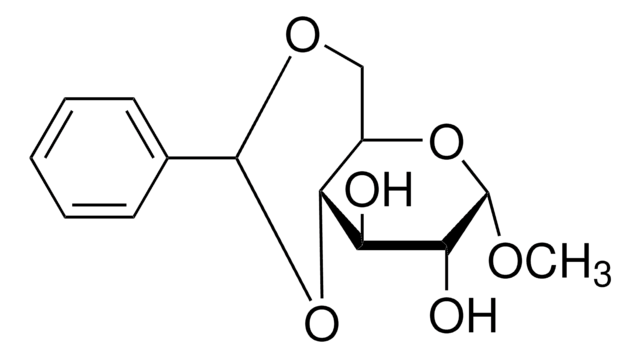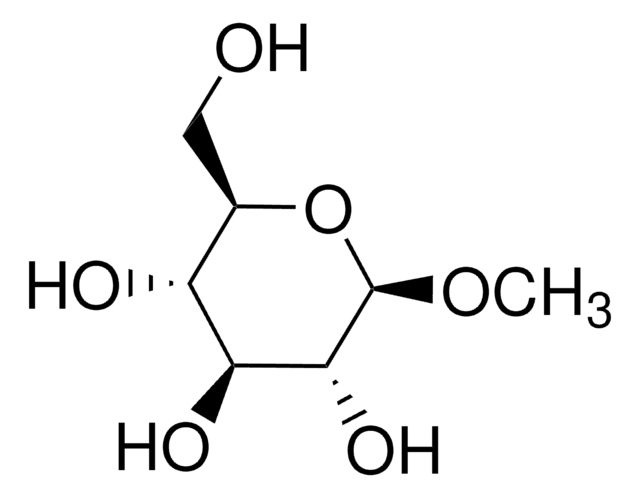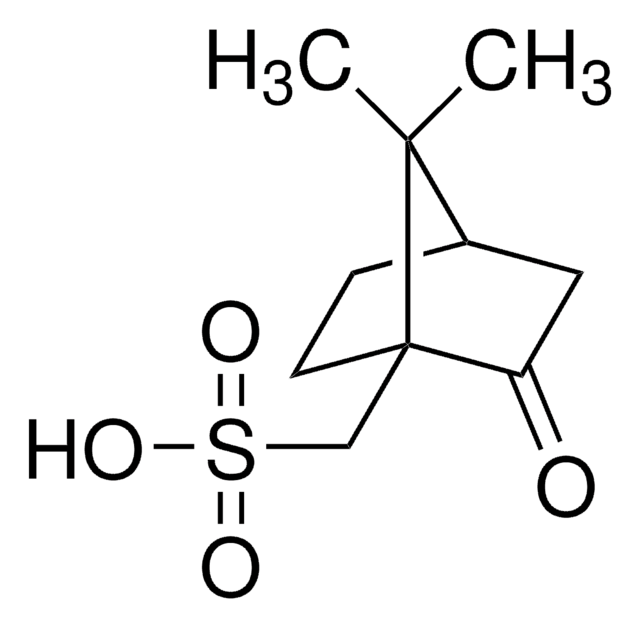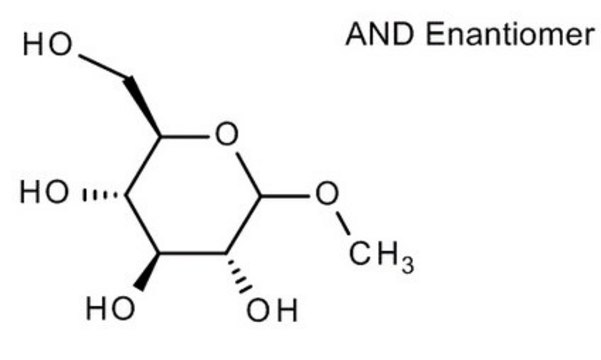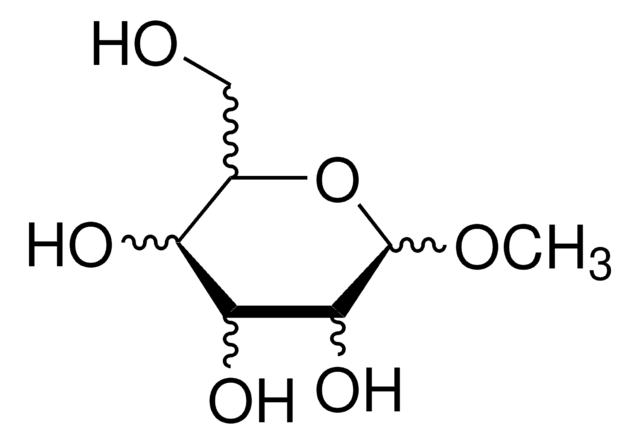777323
Cy5-azide
95% (HPLC)
Synonym(s):
Cy5 Azide Fluorescent Probe
About This Item
Recommended Products
Quality Level
Assay
95% (HPLC)
form
solid
reaction suitability
reaction type: click chemistry
ε (extinction coefficient)
251,000
fluorescence
λex 647 nm; λem 663 nm
storage temp.
−20°C
SMILES string
CC1(C)C(/C=C/C=C/C=C(N2CCCS([O-])(=O)=O)\C(C)(C)C3=C2C=CC(S([O-])(=O)=O)=C3)=[N+](CCCCCC(NCCCN=[N+]=[N-])=O)C4=C1C=C(S([O-])(=O)=O)C=C4.CC[NH+](CC)CC.CC[NH+](CC)CC
InChI
1S/C37H48N6O10S3.2C6H15N/c1-36(2)29-25-27(55(48,49)50)16-18-31(29)42(22-10-6-9-15-35(44)39-20-11-21-40-41-38)33(36)13-7-5-8-14-34-37(3,4)30-26-28(56(51,52)53)17-19-32(30)43(34)23-12-24-54(45,46)47;2*1-4-7(5-2)6-3/h5,7-8,13-14,16-19,25-26H,6,9-12,15,20-24H2,1-4H3,(H3-,39,44,45,46,47,48,49,50,51,52,53);2*4-6H2,1-3H3
InChI key
NJSWGOLBDDXJQO-UHFFFAOYSA-N
Related Categories
1 of 4
This Item | GF51077965 | GF71082031 | GF24904784 |
|---|---|---|---|
| manufacturer/tradename Goodfellow 277-686-51 | manufacturer/tradename Goodfellow 510-779-65 | manufacturer/tradename Goodfellow 710-820-31 | manufacturer/tradename Goodfellow 249-047-84 |
| form rod | form rod | form rod | form rod |
| assay 99.90% | assay 99.9% | assay 99.9% | assay 99.90% |
| density 8.57 g/mL at 25 °C (lit.) | density 8.57 g/mL at 25 °C (lit.) | density 8.57 g/mL at 25 °C (lit.) | density 8.57 g/mL at 25 °C (lit.) |
| mp 2468 °C (lit.) | mp 2468 °C (lit.) | mp 2468 °C (lit.) | mp 2468 °C (lit.) |
| bp 4742 °C (lit.) | bp 4742 °C (lit.) | bp 4742 °C (lit.) | bp 4742 °C (lit.) |
Application
Solubility: DMSO, DMF, MeOH
Signal Word
Warning
Hazard Statements
Precautionary Statements
Hazard Classifications
Eye Irrit. 2 - Skin Irrit. 2 - STOT SE 3
Target Organs
Respiratory system
Storage Class Code
11 - Combustible Solids
WGK
WGK 3
Flash Point(F)
Not applicable
Flash Point(C)
Not applicable
Choose from one of the most recent versions:
Already Own This Product?
Find documentation for the products that you have recently purchased in the Document Library.
Customers Also Viewed
Our team of scientists has experience in all areas of research including Life Science, Material Science, Chemical Synthesis, Chromatography, Analytical and many others.
Contact Technical Service


